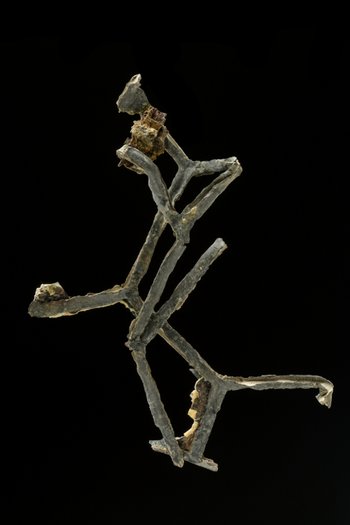Theocracy
Religious quarrel
From the 15th century onwards, a movement grew within the Church that urged reform of the now encrusted structures and misperceived doctrines. They also criticised the feudal and corrupt excesses of the high clergy. For many theologians, the papally mandated sale of indulgences (the buying of freedom from the punishment of sin) and simony (the venality of church offices) were no longer compatible with the Gospel. The Augustinian monk and professor Martin Luther from Wittenberg sparked off a dispute with the highest authorities - the emperor and the pope. In 1517 he also began to conduct this dispute publicly. With Luther's excommunication in 1521, the Protestants began to part ways with the Catholics.
Martin Luther was a child of wealthy parents. His father Hans, who still signed his name as Luder, descended from a well-to-do farming family in Möhra (Thuringia). His mother Margaretha came from the urban bourgeoisie of Eisenach. Hans Luder settled as a master smelter in the southern Harz foreland and created a flourishing mining business for himself. The family now lived in an exclusive estate in the town of Mansfeld. There the father was one of the town's dignitaries and, as a sworn and knowing freeman (Vierherr), was responsible for the political representation of one of the town's quarters. Son Martin was brought up and educated according to his status. Findings from Luther's parental estate confirm a sheltered childhood in prosperity.
Actually, Luther only wanted to renew the papal church. The church schism that was ultimately unleashed as a result was not intended. After Luther's death, it led to bitter religious wars between Protestant and Catholic princes in northern and central Europe. This Thirty Years' War (1618 to 1648), which however was not only religiously motivated, changed the political map of Europe permanently. From then on, a confessional border ran through Europe.
